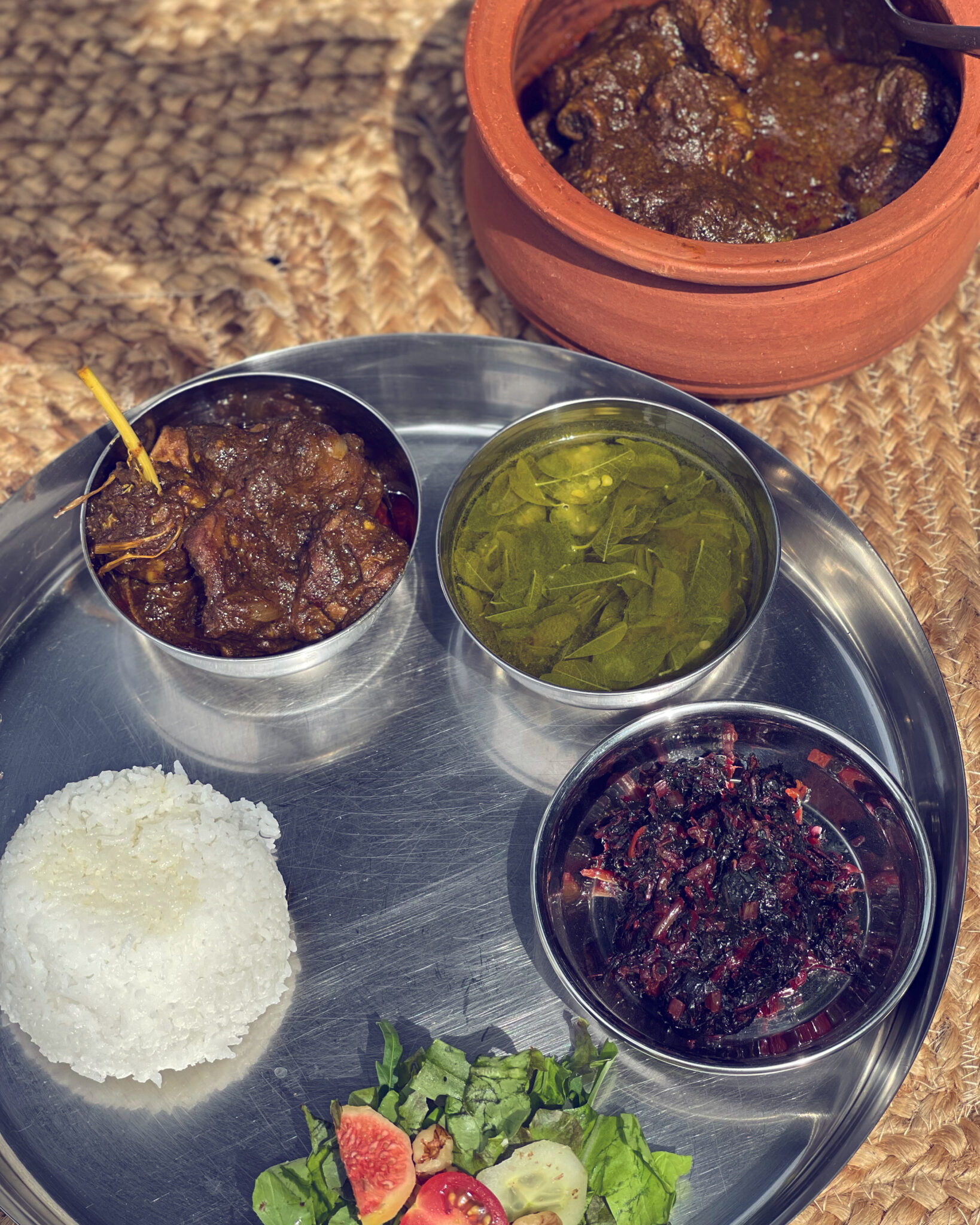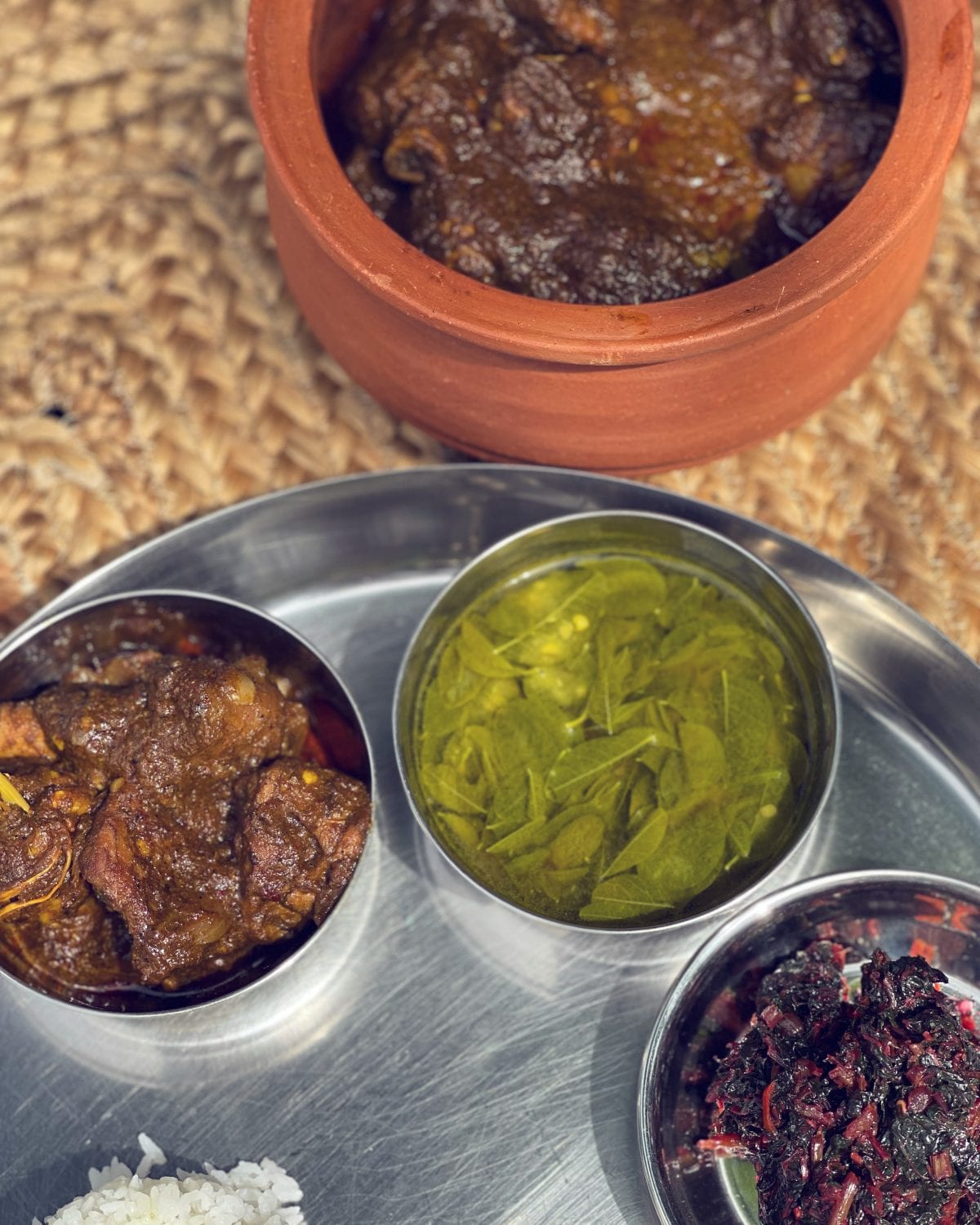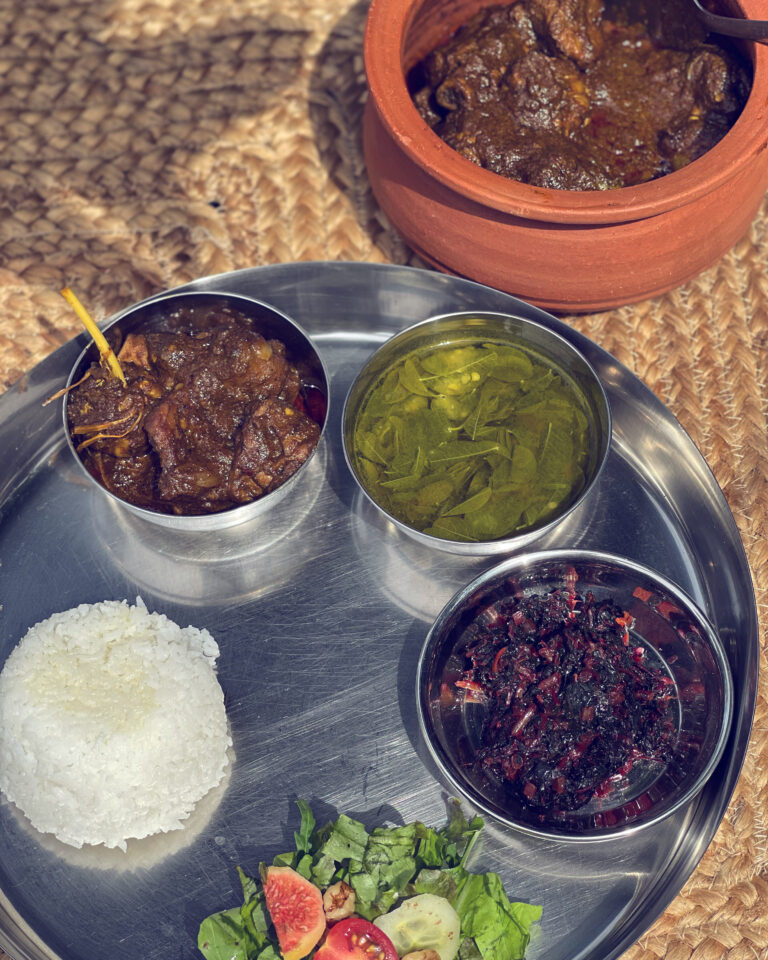
If you’ve read anything about me, however briefly, or have ever bumped into me, you know I’m from Bihar. I’m one of those Biharis who’s unapologetically proud and hugely emotional about my mother state, even though I don’t get to spend as much time there anymore. Bihar is where my roots are and it’s a big part of my inspiration.
I will, however, give the non-Bihari the benefit of not completely understanding my adoration for it. It’s not the kind of place you fall in love with instantly — it’s the kind of quiet, understated beauty that takes time to unfold — demanding considerable time to be spent travelling to its interiors, talking to its people, experiencing the rural bits, going to a few festivals, seeing how the weather changes, and of course, enjoying the food.
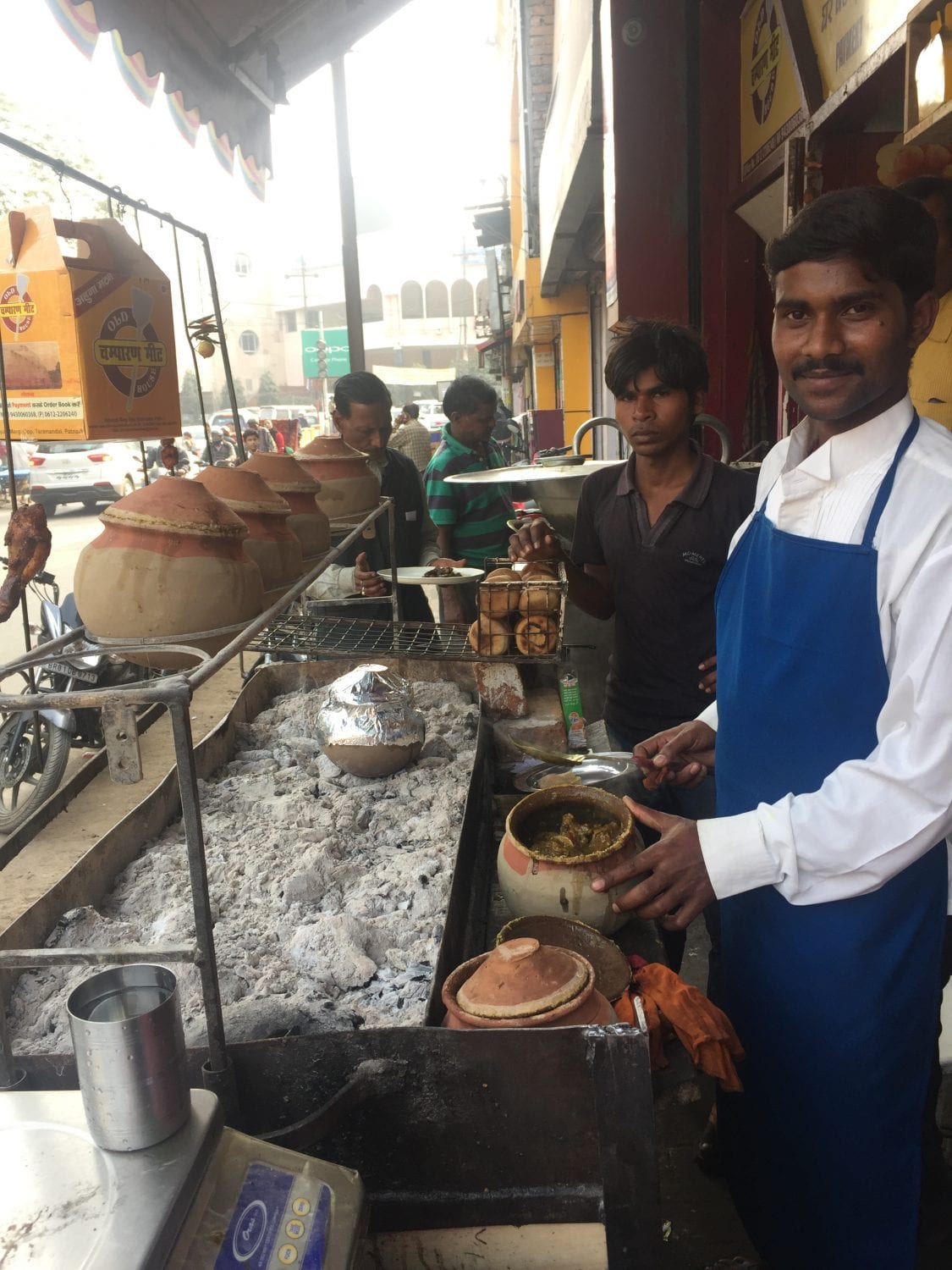
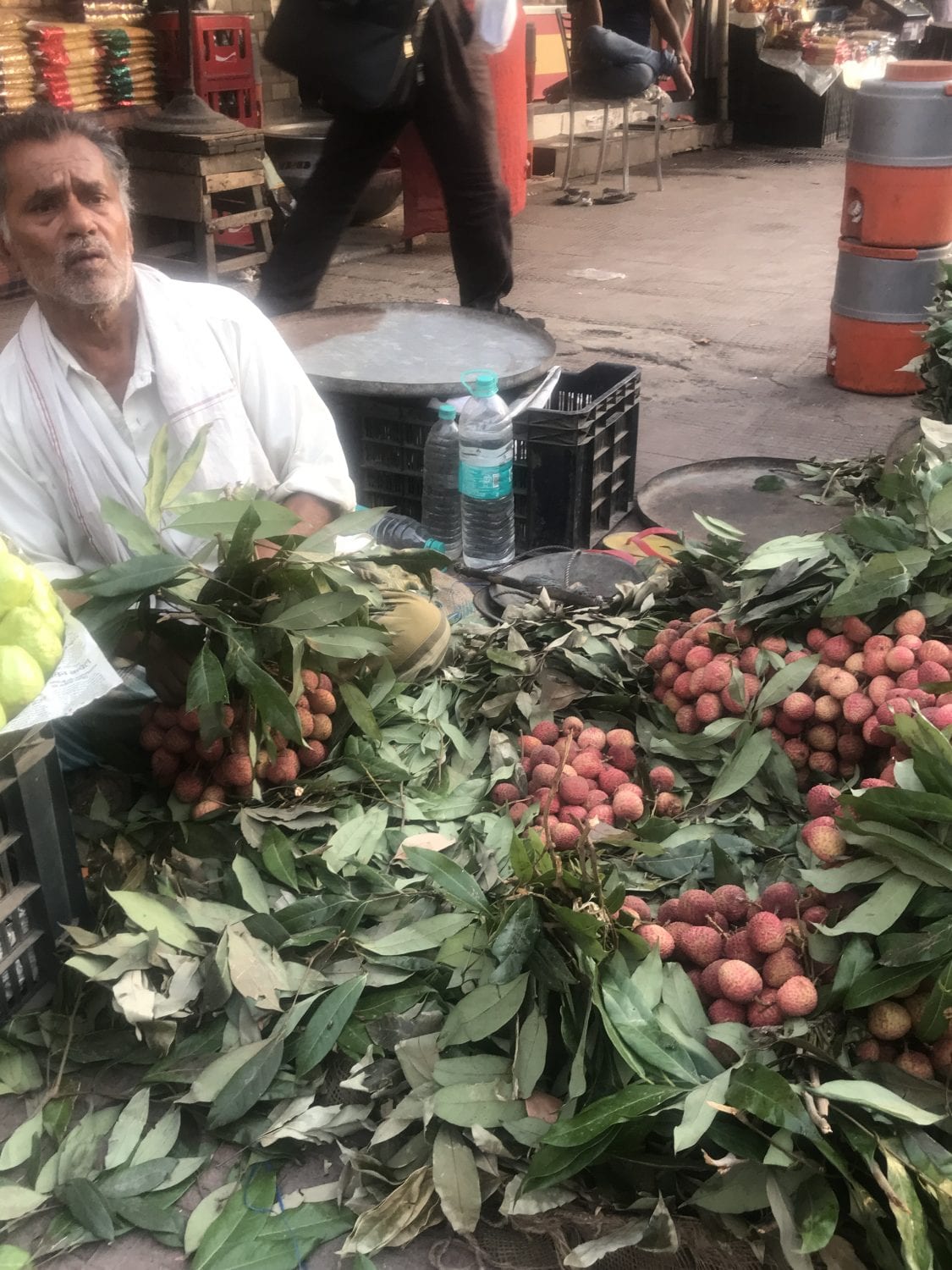
Road trips in Bihar give me so much sensory joy — the mostly flat landscape around the Gangetic plains are lush, orchards usually laden with fruits, and fields full. The people are warm with a great sense of humour, the Hindi spoken is poetic — an apparent example is how “hum” (or we, the collective pronoun) is used instead of the more popular “main” (or I). I’m happy to report I still speak the “hum” Hindi.
Even now, every time I go back, I find time to visit the Patna Museum and experience the city like a tourist, revisiting my favourite haunts. The chaat and Sudha ice cream cones at Eco Park, South Indian food at Vasant Vihar, baby jalebi from Laddoo Gopal, and the champaran lamb from that restaurant on Museum Road — Patna trips would be somewhat incomplete without these.
In fact, the last time I packed my English husband along for the trip, we actually spent a few days in Champaran, the home of that enticing lamb dish, and a six-seven hour drive from Patna that has to be one of the most charming ones I’ve ever been on, displaying rural India in all its glory and giving you a peek of how beautiful everything could’ve been if not buried under concrete. Rustic villages, neat thatched houses...and all of it amazingly clean.


We stayed at a guest house in the Valmiki Tiger Reserve, complete with the late night safaris, treks into the most beautiful part of the jungle, drinking water out of streams, and swimming in them too! — a particularly delightful event for us city-dwellers. While living in a forest guest house brought back childhood memories for me, of times when we never ran out of things to explore, it was more fascinating to share Ben’s perception of it this time round. Though it wasn’t his first time in my state, he was so impressed with the raw beauty of some parts that it actually made me emotional. I instantly knew we’d have many more Bihar trips to come!
However, before I meander and forget it’s the recipe that I came here to share...here it is! If we’re being specific, it’s my mum’s recipe that I’ve grown up on, but it is also how champaran lamb is cooked anyway.




Fun fact: You can also substitute the meat with chicken! I’ve had the pleasure of tasting wild chicken cooked exactly like this in many forest guest houses, so I can vouch for the results.
Fun fact #2: This was also the first thing I cooked for my husband’s side of the family post marriage, and they still remember it! — yes, fondly.
Lamb (500 gms)
For the marinade:
Mix everything together with the lamb and set aside for 2-3 hours.

For the masala/gravy:
Grind everything together.
For later you’ll need:
Start cooking the marinated lamb in a thick pot on low flame. Stir, and let it sit for 15-20 mins — just as long as it takes for the marinade to cook.


Pour some ghee into another thick pot, and right when it’s hot, add in the ground masala. Toss the garlic bulbs in too. Cook this gravy for about 15-20 minutes, pouring in tiny amounts of water if required. You could also add in a chopped tomato if you like.

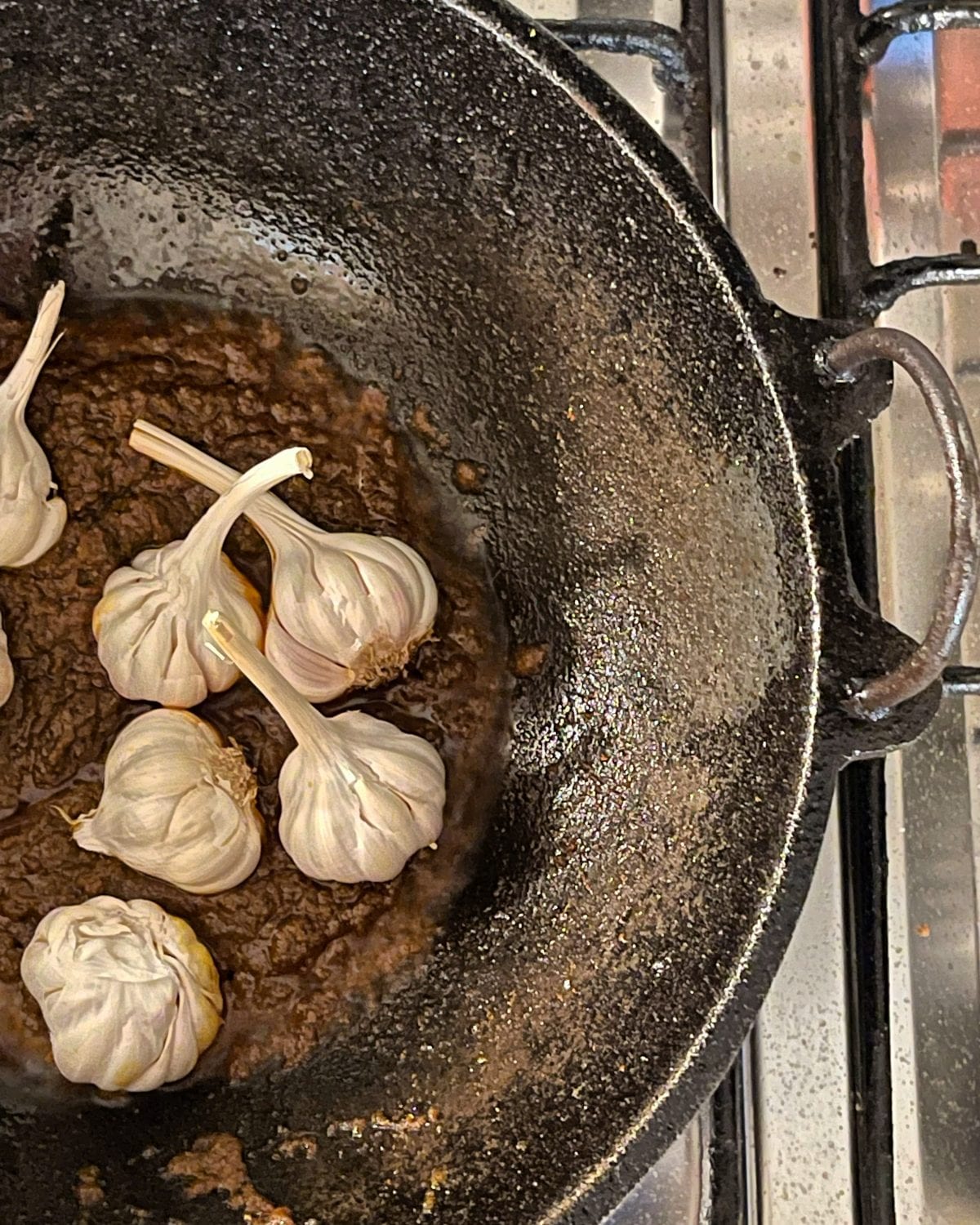
Finally, combine them — add the marinated lamb into the masala and cook it on low flame for a few hours, pouring in small amounts of water whenever needed, until the meat is nice and tender — and there you have it.
While this delectable dish is best cooked in an earthen pot of course, tended to on a wood fire over hours, it also tastes pretty great cooked in a thick pot in our gas-lit kitchens, I swear. The garlic becomes soft and creamy, and can be sucked out like marrow from the lamb bones.
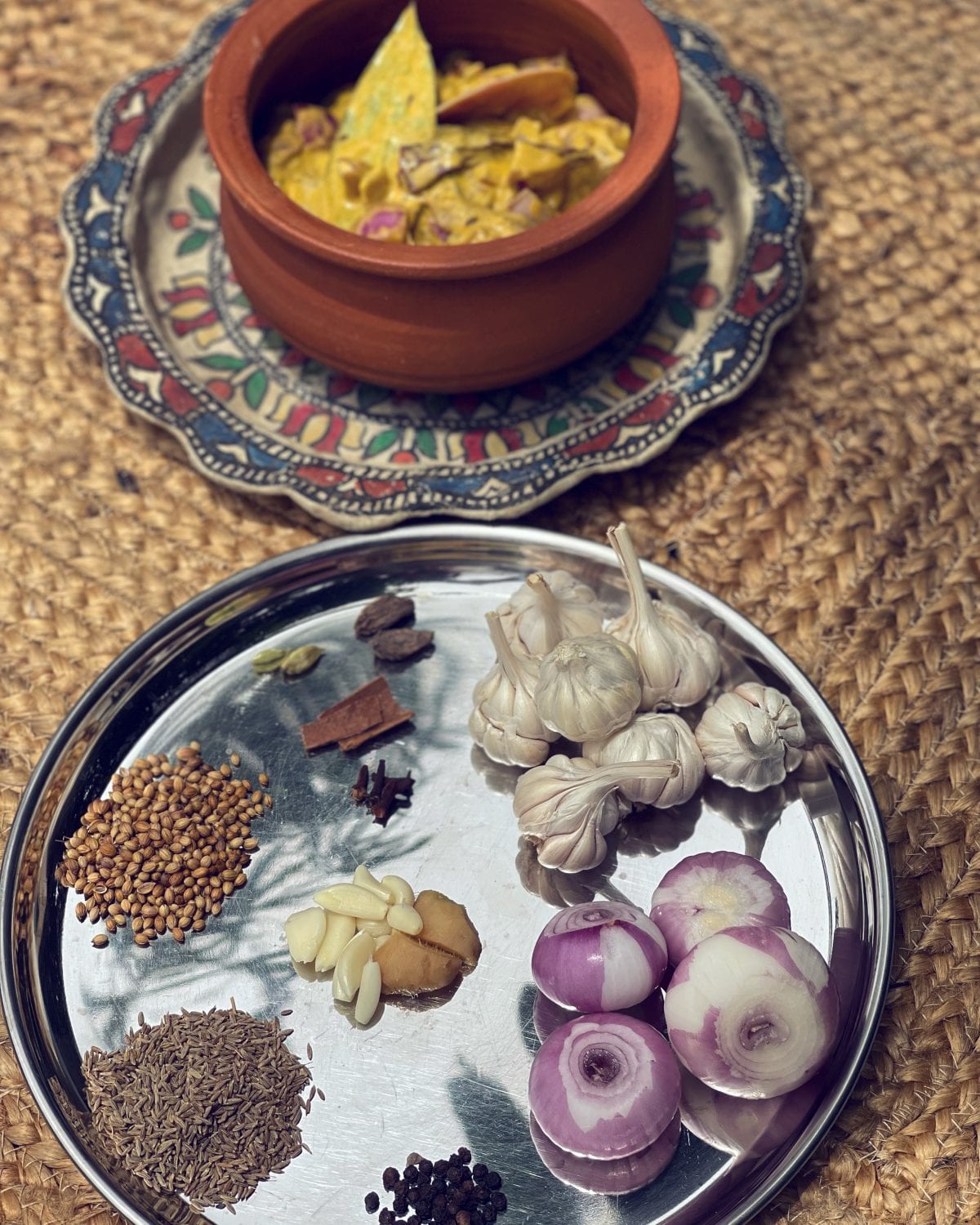
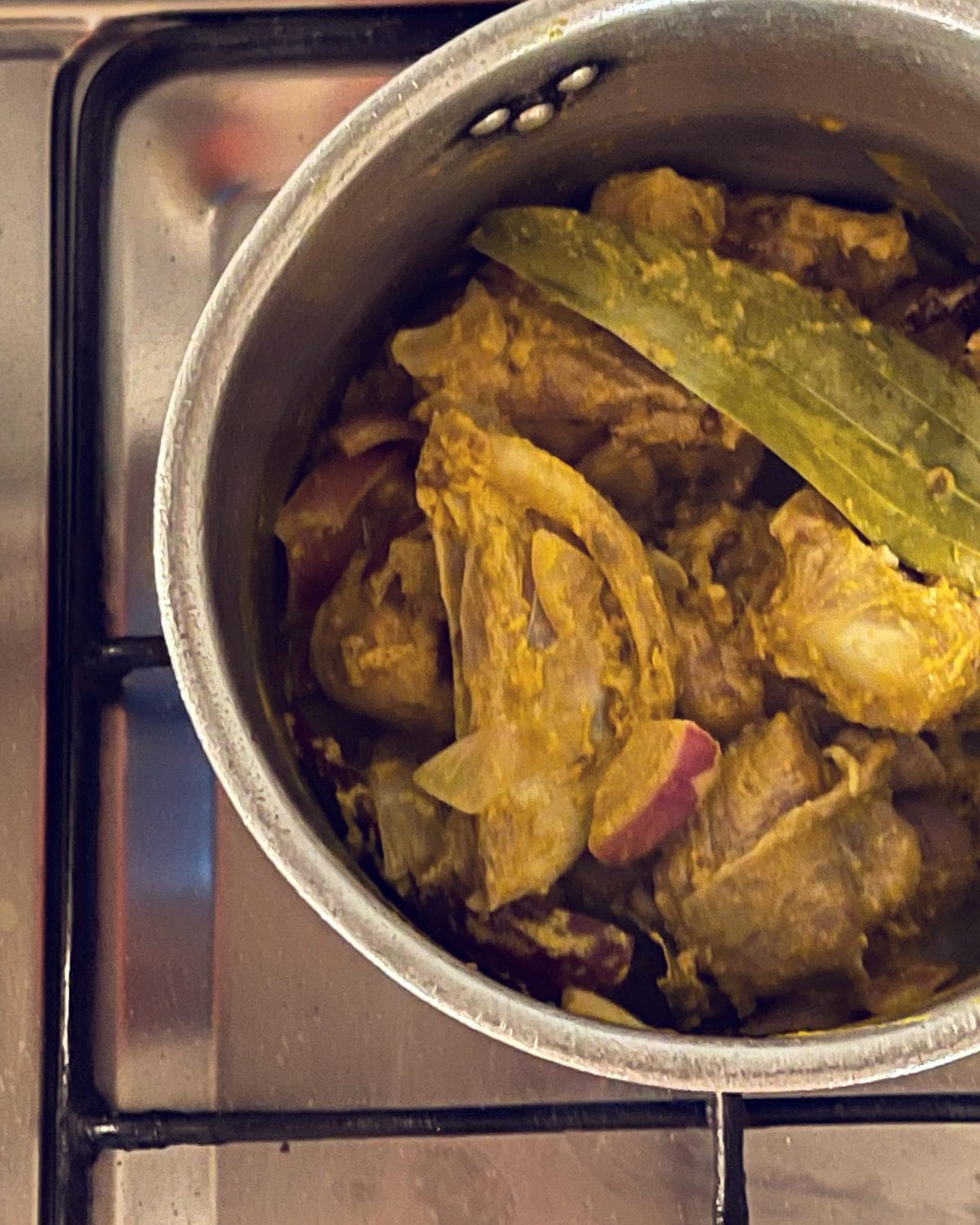
What you see here is me overachieving with a whole Bihari thali to go with the lamb: daal with moringa leaves, laal saag (amaranth leaves), rice with ghee, and a side of salad. Guess who was the happiest at the end of the meal? Obviously the English husband who polished off the whole thing like it was a little trip back to Bihar on a plate.
